The Battle of Normandy

The Battle of Normandy was one of the major confrontations of the Second World War. By the sheer number of German soldiers it mobilised and the losses sustained by a Wehrmacht brought to its knees by fierce fighting that sometimes ended in hand-to-hand combat, this battle played a crucial role in the liberation of France and Western Europe. From the attack on the landing beaches to the German retreat along the 'Corridor of Death' in mid-August and the liberation of Lisieux on 23 August 1944, the Battle of Normandy lasted approximately 80 days. From the hell of the hedgerows to the suburbs of Caen, they were nearly three months of bitter fighting - often uncertain, always violent - for the soldiers as well as the civilians. Twenty thousand Normans were killed (14 000 in Lower Normandy alone), most of them victims of the Allied carpet bombing, which completely flattened some localities. The Allies lost just over 200 000 men, 37 000 of them killed. German losses are difficult to establish, ranging from 300 000 to 450 000, of which 55 000 to 60 000 dead. This means that the Wehrmacht lost at least half the troops it engaged in Normandy. The strategy imposed by Hitler in person consisted of standing firm whatever the cost, in order to hold back the Allied invasion until the hypothetical arrival of secret weapons that were supposed to radically change the course of the war. The war of attrition that ensued had its balance tipped in favour of the Allies, who, through a formidable logistical effort, succeeded in getting increasing amounts of munitions, armaments, oil and troops through to Normandy.
On the evening of 6 June, the 156 000 Allied soldiers who had landed in Normandy faced 80 000 German soldiers. It was therefore of the utmost importance to consolidate the bridgehead and their numerical advantage, by hindering as much as possible the arrival of German reinforcements. That is why ten towns in Lower Normandy, all of them at major road junctions, were razed to the ground by Allied bombers, from Pont-l'Evêque to Coutance, including Vire, Condé-sur-Noireau, Lisieux and Saint-Lô, the ”Capital of Ruins”. Rail infrastructure and bridges were likewise important targets. Under these conditions, German reinforcements had difficulty getting through. They came mostly from Brittany, southwest France and even Scandinavia. If German troops did not flood towards the Normandy front, it was also due to a successful disinformation strategy, which had the German high command convinced, right up until mid-July, that the Normandy landings were no more than a diversion before the real landings, which would take place in Pas-de-Calais. The Germans thus deprived themselves of von Salmuth's 15th Army, whose arrival in Normandy in the days immediately following the landings would most certainly have made the Allies' task more difficult.
Two weeks after D-Day, there were approximately 640 000 Allied troops on the Normandy front, against 250 000 Germans. By 1 August, 1 600 000 American, British and Canadian soldiers had been engaged in Normandy, against 510 000 Germans, i.e. three times more. The German army had great difficulty replacing its losses, so that the imbalance only increased over time. In the east, the launch of Operation Bagration by the Red Army, on 22 June 1944, kept nearly two-thirds of Wehrmacht troops on the Eastern Front. And yet, apart from a handful of rapid successes, like the capture, on 26 June, of Cherbourg and its deep-sea port, crucial to Allied provisioning, the Allies had great difficulty advancing, so that they fell well behind the timescale planned by the high command. Thus, Caen, which should have been taken on D+1, was not completely liberated until 19 July, after six weeks of fierce fighting and heavy losses on both sides. And while the British and Canadians repeatedly failed to break through the armoured resistance put up by the German Panzer divisions around Caen, what of the Americans, trapped in the ”hell of the hedgerows” in the Normandy bocage?
Firmly entrenched in their positions, the German soldiers stood up to the Allies, forcing them into a war of attrition. Their inferior numbers were in part compensated by the fact that the ratio of combat troops to logistic support was far higher than in the Allied ranks, where the latter accounted for approximately half the men. But above all, German combatants were far more battle-hardened than their adversaries, and some belonged to elite units that had cut their teeth on other battlefields, as was the case of a number of SS armoured divisions. Conversely, the Normandy landings were a baptism of fire for 70% of Anglo-American troops. Lastly, the terrain was largely unfavourable to the attackers. The Normandy bocage, with its fields enclosed by dense, impenetrable hedges, provided the Germans with some formidable defensive positions, of which they took advantage, inflicting heavy losses on the Allies throughout July 1944.
One sizeable advantage for the Allies was their total domination of the skies. For the Allied airmen, the danger did not come from the aircraft of the Luftwaffe, but from the anti-aircraft guns, in particular the 88mm Flak guns, or ”eighty-eights”, employed also as fearsome anti-tank weapons, which were effective up to an altitude of 26 000 feet. On the ground, the Germans' undeniable material inferiority in quantitative terms was partly compensated by their qualitative superiority. So it was for the formidable MG 42 machine gun, whose rate of fire of 1500 rounds per minute was three times higher than the American Browning and British Bren machine guns. During the Battle of Normandy, the Allies engaged a total of 8 700 tanks and tank destroyers, against 2 300 tanks, assault cannons and tank destroyers on the German side. But the quality of the German Tiger and Panther tanks outclassed that of the Churchill, Cromwell and Sherman tanks. The armoured divisions were the Wehrmacht's strength in Normandy. In contrast, its artillery was insufficiently motorised, with massive use of horse-drawn guns. Between 2 600 and 3 600 Allied tanks were destroyed in Normandy, against 1 000 to 1 500 on the German side. But the replacement Allied tanks arrived so quickly that their numbers ended up exceeding their losses, unlike the German army, which sent most of its production to the Eastern Front. So, despite being over 1200 miles away, the Eastern Front played a decisive role in the outcome of the Battle of Normandy.

Chars Sherman du 30e Corps britannique dans les rue de Bayeux, libérée les 7 et 8 juin 1944. Copyright IWM - Réf. B 5685

Vue aérienne montrant la fumée après le bombardement des aciéries Colombelles, à l'est de Caen, par l'aviation britannique durant la bataille de Normandie. Copyright IWM - Réf. C 4476

Saint-Lô, détruite à 95 % par les bombardements de juin 1944, surnommée la "capitale des ruines". Copyright Conseil régional de Basse-Normandie / US Nara

Un char Cromwell et un groupe de soldats de l'infanterie britannique avancent le long d'un passage déminé délimité par un ruban près de Le Beny Bocage, 1er août 1944. Copyright IWM - Réf. B 8345

Canon auto-moteur de 105 mm du 31e Field Regiment de la Royal Artillery durant l'assaut sur Caen, le 17 juin 1944. Copyright IWM - Réf. B 5766

La place centrale de Falaise au 16 août 1944. Copyright Conseil régional de Basse-Normandie / Archives nationales du Canada

Chars Cromwell du 2e Northamptonshire Yeomanry, 11e division britannique, à Flers, le 17 août 1944. Copyright Imperial War Museums
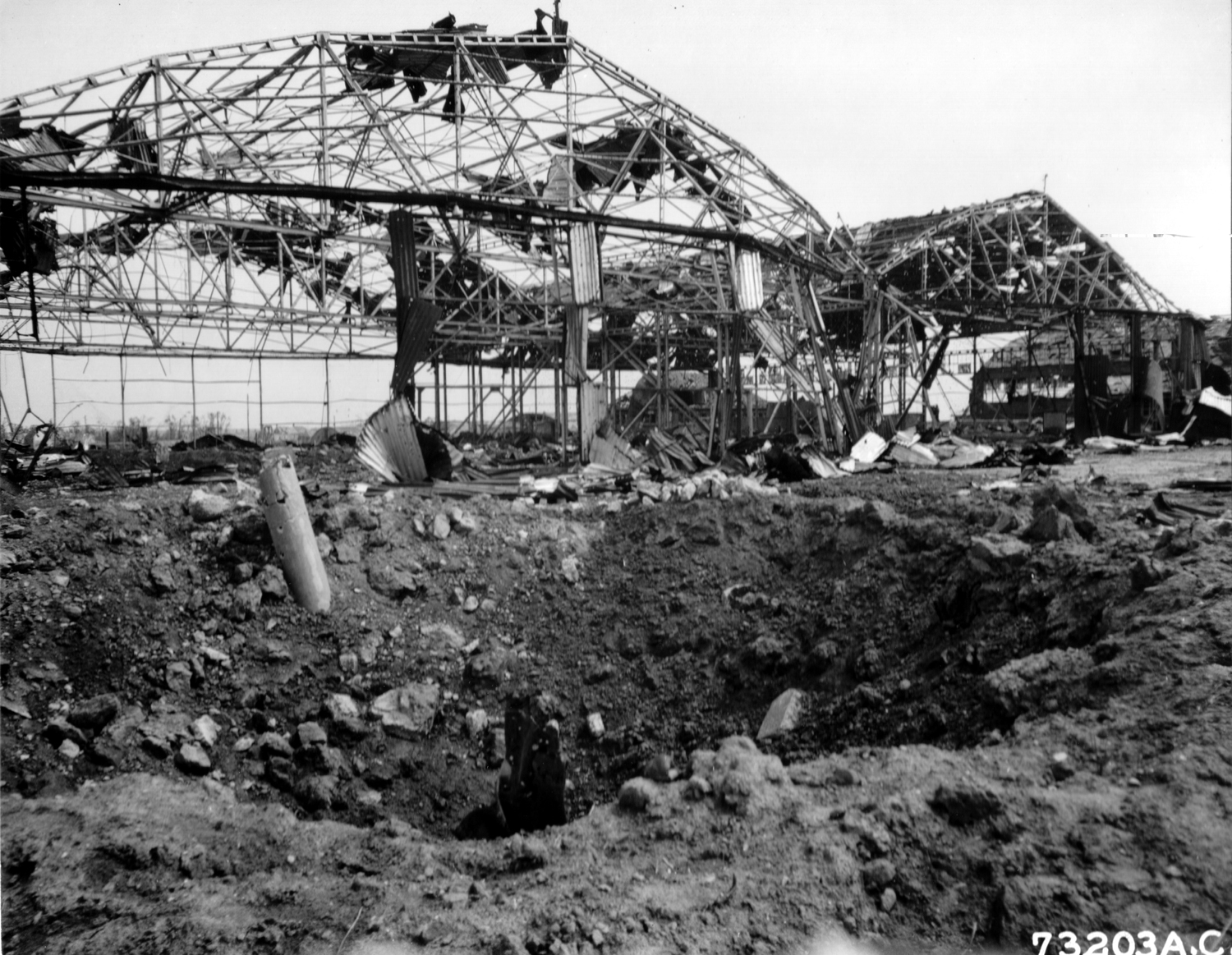
Des soldats de l'infanterie canadienne marchent dans une rue dont le sol est parsemé de décombres, le 10 juillet 1944. Copyright Conseil régional de Basse-Normandie / US Nara

Les tankistes polonais de la 1re division blindée dans le chaos de la retraite allemende à la fin de la bataille de Normandie. Copyright Polish Government Ministry of Information Photo Service
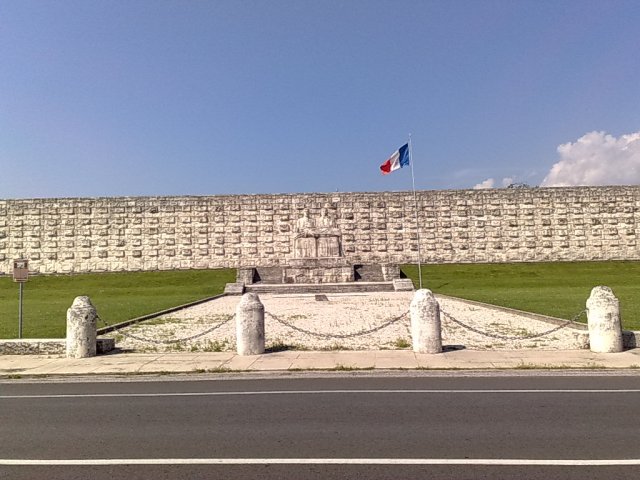
Soldats de la 1re division blindée polonaise exténués après la bataille de la poche de Falaise (12-21 août 1944). Copyright IWM - Réf. HU 31069
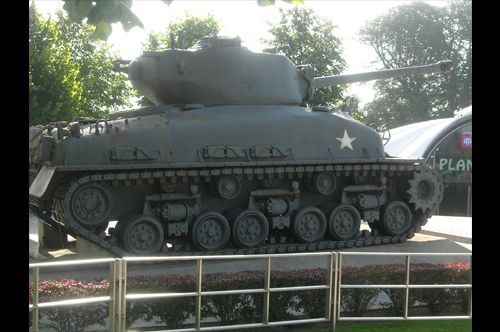
Le Français libre et correspondant de guerre Pierre Lefevre enregistre un reportage tandis qu'un char Sherman progresse vers le champ de bataille. Normandie, 5 août 1944. Copyright IWM - Réf. B 8710
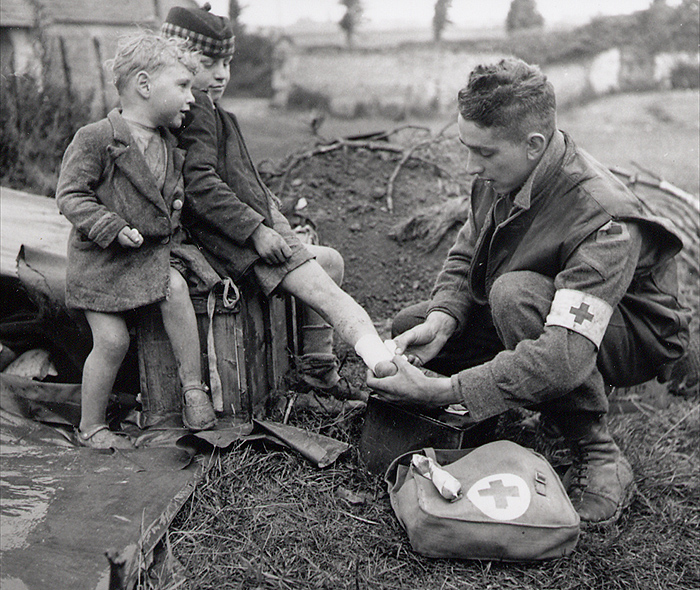
Un char Cromwell de la 14re division blindée polonaise utilise une haie pour se dissimuler durant l'opération Totalise en Normandie (8-10 août 1944). Copyright IWM - Réf. HU 99807
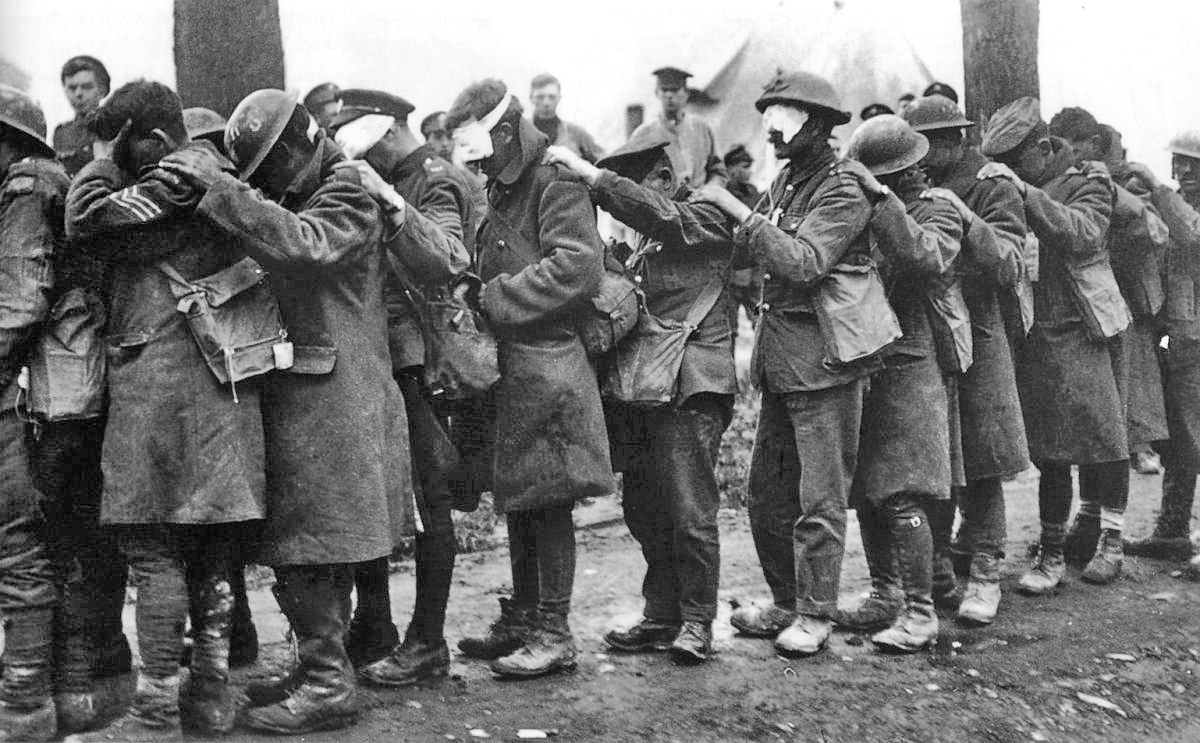
Un char Cromwell et une jeep passent devant un canon anti-char allemand de 88 mm abandonné durant l'opération Totalise (8-10 août 1944). Copyright IWM - Réf. B8833
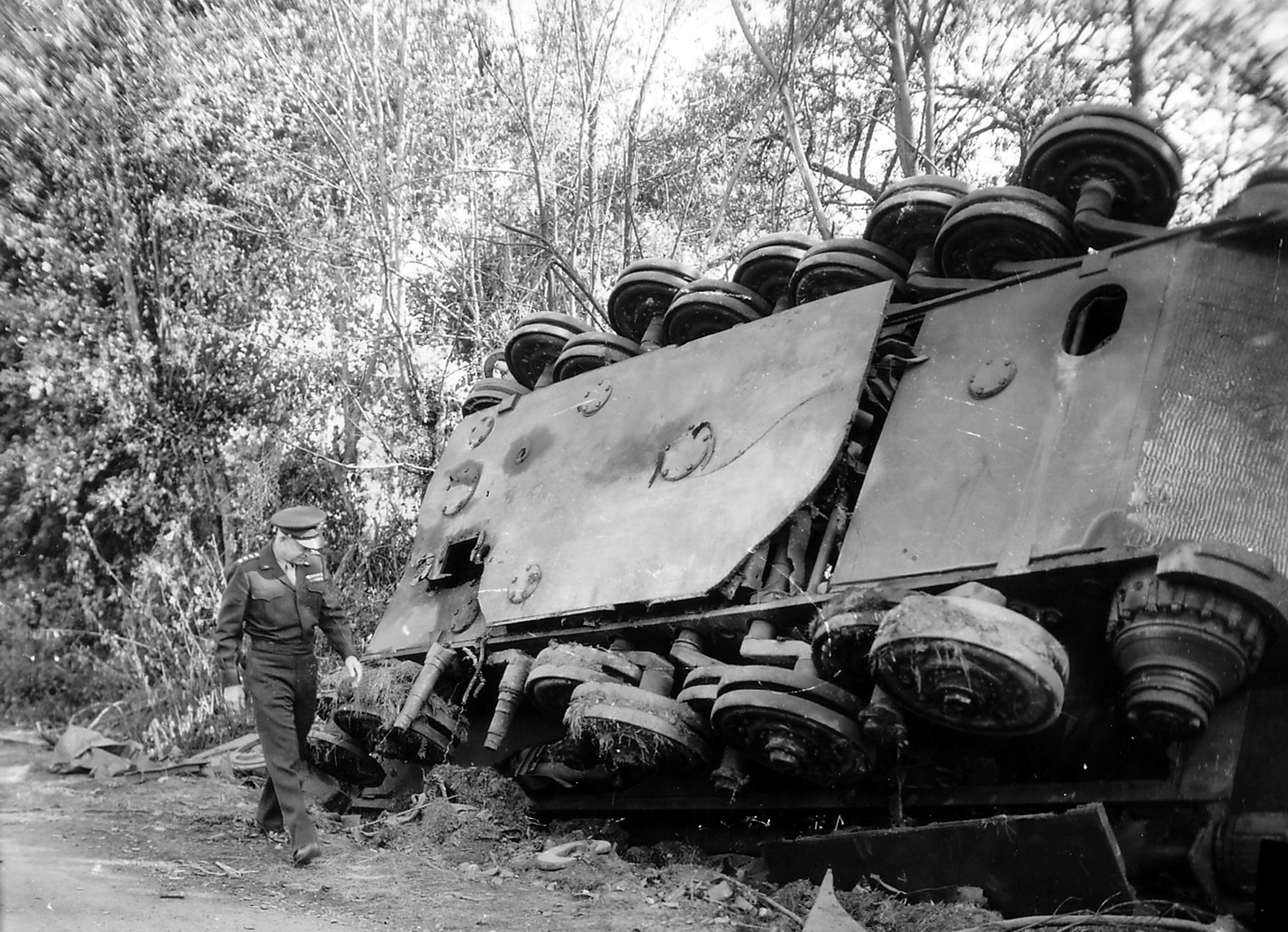
À Caen, depuis la fenêtre d'une maison, le tireur d'élite Sutcliffe cherche la présence d'éventuels tireus allemand embusqués. Copyright IWM - Réf. B 6800

